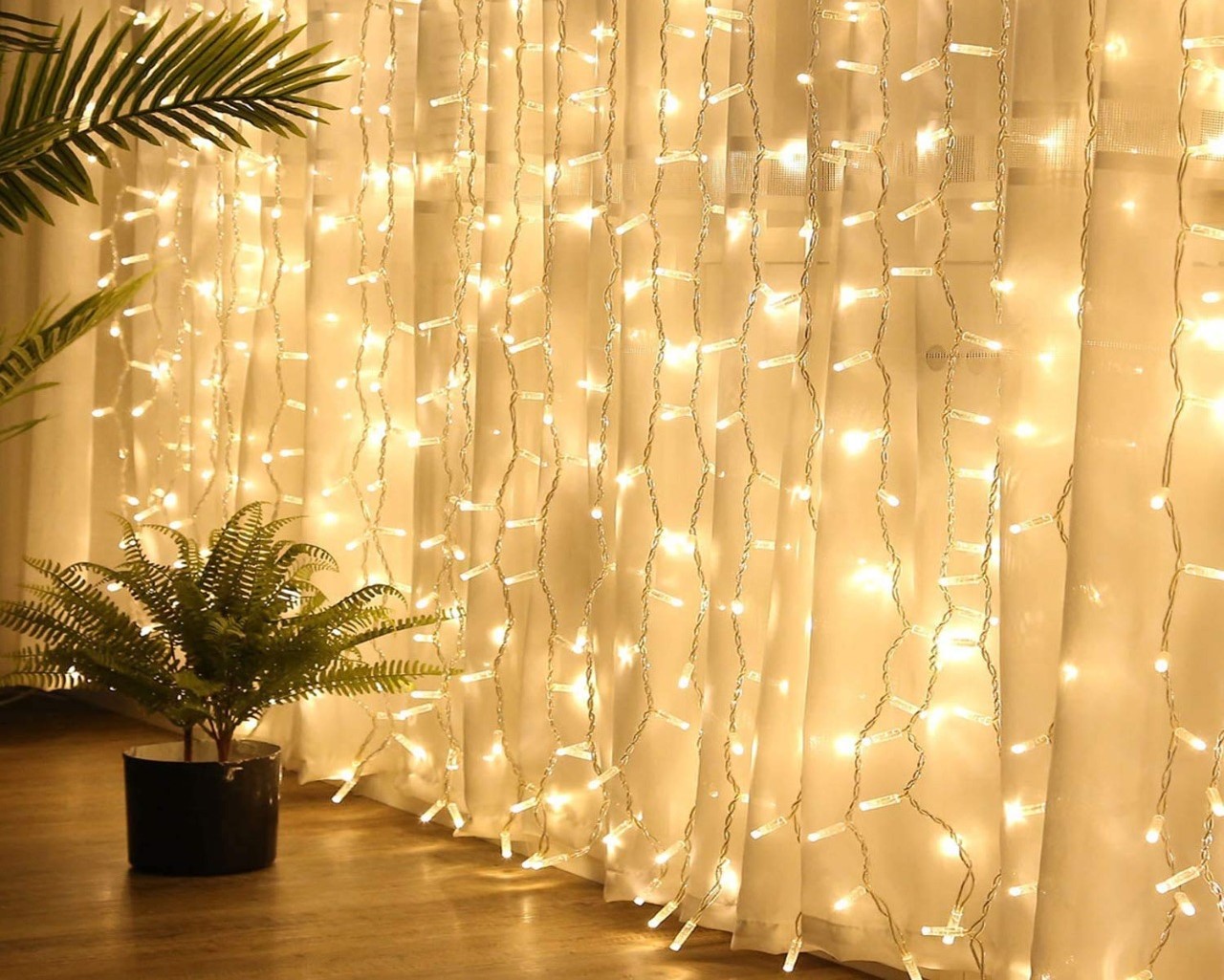

Articles
What Are Curtain Lights
Modified: December 7, 2023
Discover the benefits of light curtains in our informative articles. Learn how these safety devices work and their importance in industrial settings.
(Many of the links in this article redirect to a specific reviewed product. Your purchase of these products through affiliate links helps to generate commission for Storables.com, at no extra cost. Learn more)
Introduction
Light curtains, also known as safety light curtains or safety light barriers, are an innovative technology that has revolutionized industrial safety measures. These devices are designed to protect workers by detecting the presence of objects or individuals in potentially hazardous areas, such as near machinery or automated equipment. By creating an invisible protective barrier of light beams, light curtains can quickly detect any interruption in the beam and trigger a safety response to prevent accidents and injuries.
The concept behind light curtains is simple yet effective. Instead of physical barriers or fences, light curtains use beams of light to create a virtual barrier, allowing for easier movement of workers and materials while ensuring safety. This non-contact approach offers numerous advantages over traditional methods, making light curtains a popular choice for industries across the globe.
In this article, we will explore the working principles, components, types, applications, advantages, and limitations of light curtains. We will also discuss factors to consider when choosing light curtains and offer insights into their installation and maintenance. By the end of this article, you will have a comprehensive understanding of light curtains and their role in industrial safety.
Key Takeaways:
- Light curtains offer non-contact safety, high accuracy, and flexibility, making them an ideal choice for safeguarding workers around machinery. However, they require careful consideration of environmental factors and additional safety measures for comprehensive worker protection.
- When choosing light curtains, evaluating safety requirements, application environment, and integration capabilities is crucial. Proper installation and regular maintenance are vital to ensure optimal performance and longevity, contributing to a safer working environment for all.
Read more: What Is Light Filtering Curtains
How Light Curtains Work
Light curtains utilize a transmitter and receiver system to create an array of infrared beams. These beams form an invisible curtain of light across the protected area. When an object or person enters the area and interrupts the beams, the light curtain detects the interruption and triggers a safety response.
The transmitter emits the infrared beams, while the receiver detects the beams and analyzes any interruptions. The receiver is typically connected to a safety control unit, which monitors the status of the light curtain and activates a safety response if necessary. This response can include stopping the machine, activating warning signals, or triggering other safety protocols.
The key principle behind the functioning of light curtains is the concept of muting. Muting allows the light curtain to differentiate between harmless objects, such as materials or tools, and potentially dangerous obstructions, such as a person’s hand. By selectively ignoring certain interruptions while still detecting significant ones, the light curtain improves operational efficiency without compromising safety.
Modern light curtains employ advanced technology to enhance their reliability and functionality. Some models feature built-in synchronization capabilities, allowing multiple light curtains to work together seamlessly. This synchronization ensures that even if the protected area is large or has complex shapes, the entire area remains adequately covered by the light curtain system.
Additionally, some light curtains incorporate muting sensors, which are small devices that can be strategically placed near the light curtain to further refine its responsiveness. These sensors can detect specific objects or signals, providing more precise control over which interruptions should be ignored and which should trigger a safety response.
Overall, light curtains operate on the principle of interruption detection through infrared beams. By utilizing advanced technologies and intelligent features, they provide an effective and efficient solution for safeguarding workers and preventing accidents in industrial settings.
Components of Light Curtains
Light curtains consist of several essential components that work together to ensure accurate and reliable safety detection. Understanding these components can help users better appreciate the functionality and versatility of light curtain systems. Let’s take a closer look at the key components of light curtains:
- Transmitter: The transmitter component emits the infrared beams that form the protective curtain. It is responsible for generating and projecting the light beams across the protected area.
- Receiver: The receiver component receives the infrared beams after they have been interrupted by an object or individual. It detects any changes in the light beams and sends signals to the safety control unit for analysis and response.
- Safety Control Unit: This is the central component of the light curtain system. The safety control unit is responsible for monitoring the status of the light curtain and initiating appropriate safety protocols when necessary. It receives signals from the receiver and sends commands to the connected machinery or equipment.
- Muting Sensors: Muting sensors are optional components that can be added to the light curtain system to enhance its functionality. These sensors can selectively ignore specific interruptions or signals to prevent unnecessary safety responses. They are especially useful in situations where harmless objects need to pass through the light curtain while still maintaining protection against hazardous obstructions.
- Alignment Guides: Alignment guides are visual aids that assist in aligning and positioning the light curtain properly. They help ensure the accurate installation and alignment of the transmitter and receiver components, which is crucial for the effectiveness of the light curtain system.
- Power Supply: Light curtains require a power supply to operate. The power supply provides the necessary electrical energy for the transmitter, receiver, and safety control unit. It is essential to ensure a stable power supply to maintain the continuous operation of the light curtain system.
By understanding the various components of light curtains, users can make informed decisions when selecting and installing these safety devices in industrial settings. Each component plays a vital role in creating a reliable and efficient light curtain system that protects workers and prevents accidents.
Types of Light Curtains
Light curtains are available in various types, each designed to cater to specific safety requirements and environmental conditions. Understanding the different types of light curtains can help industries choose the most suitable option for their specific needs. Here are some common types of light curtains:
- Basic Light Curtains: Basic light curtains are the most common type and consist of a transmitter and receiver that create a protective curtain of light beams. They offer standard safety functions and are suitable for general industrial applications.
- Multi-Beam Light Curtains: Multi-beam light curtains utilize multiple beams to create a more robust protective curtain. By having multiple beams, these light curtains can detect smaller objects and offer enhanced precision in detecting interruptions. They are commonly used in applications where high accuracy is required.
- Multifunction Light Curtains: Multifunction light curtains combine the safety functions of light curtains with additional features, such as measurement capabilities or integration with other safety devices. These light curtains provide advanced functionality and flexibility to suit various industrial requirements.
- Finger Protection Light Curtains: Finger protection light curtains are specifically designed to detect and protect against the smallest body parts, such as fingers or hands. They have narrow beam spacing to avoid false triggers while ensuring worker safety in applications where hands could potentially be exposed to hazardous areas.
- Area Sensors: Area sensors are a type of light curtain that provides coverage over larger areas. Instead of a straight beam curtain, they create an invisible grid or matrix of light beams. These light curtains are suitable for applications that require extensive coverage and protection.
- Cascade Light Curtains: Cascade light curtains consist of multiple light curtain systems connected in cascade. This configuration allows for the protection of larger areas or more complex machinery while maintaining a seamless protective curtain. Cascade light curtains are ideal for applications with extensive safety requirements.
It is crucial to evaluate the specific safety needs and operational requirements of each application when choosing the appropriate type of light curtain. Consulting with experts or safety professionals can help determine the most suitable type of light curtain for a particular environment, ensuring optimal safety measures are in place.
Applications of Light Curtains
Light curtains find applications in various industries where worker safety is of utmost importance. Their non-contact and versatile nature makes them suitable for a wide range of hazardous environments. Let’s explore some common applications of light curtains:
- Machinery and Equipment Safety: Light curtains are extensively used to safeguard workers in the vicinity of machinery and equipment. They are commonly found in manufacturing facilities, where they provide protection against hazards such as point of operation, nip points, or rotating parts. When a worker enters the dangerous area and interrupts the light curtain, the machinery is automatically stopped, preventing accidents and injuries.
- Robotic Workcells: Light curtains play a crucial role in ensuring the safety of robotic workcells. They are used to create protective barriers around robotic arms or cells, allowing workers to safely enter the area without the need for physical barriers. By detecting any intrusion into the workcell, light curtains can halt the robot’s movement, preventing collisions and ensuring worker safety.
- Conveyor Systems: Light curtains are employed in conveyor systems to protect workers from injuries caused by moving parts or material handling equipment. By installing light curtains along the conveyor, any interference with the light beams can trigger immediate stoppage of the system, preventing accidents and providing a safe working environment.
- Packaging and Material Handling: Light curtains are utilized in packaging and material handling applications to ensure the safety of workers while loading or unloading materials. They create a safety perimeter around the area, detecting any obstructions that may pose a risk to workers. This real-time detection prevents accidental injuries and increases operational efficiency.
- Automotive Industry: Light curtains are extensively used in automotive manufacturing processes, particularly in assembly lines to protect workers from hazards associated with heavy machinery, robots, or moving vehicles. They provide a reliable safety system that allows workers to access the assembly line safely without compromising productivity.
- Machine Tools: Light curtains are employed in machine tools, such as presses, punches, or shears, to provide operator safety. By creating a protective barrier around the machine area, light curtains can detect any potential contact between the operator and the machine’s moving parts, triggering an immediate stop to prevent accidents.
These are just a few examples of the diverse applications of light curtains across various industries. Their versatility and non-intrusive nature make them an ideal safety measure in environments where worker protection is paramount.
Advantages and Limitations of Light Curtains
Light curtains offer a range of advantages that make them a preferred safety solution in many industries. However, like any technology, they also have some limitations to consider. Understanding both the advantages and limitations of light curtains can help users make informed decisions about their implementation. Let’s explore them in more detail:
Advantages of Light Curtains:
- Non-Contact Safety: Light curtains create a virtual protective barrier without the need for physical contact. This non-contact design allows for easier movement of workers and materials while maintaining safety.
- Flexibility and Adaptability: Light curtains can be customized to fit various applications and environments. They can be adjusted to specific heights, widths, and detection capabilities, making them highly flexible and adaptable to different safety requirements.
- High Level of Accuracy: Light curtains offer precise detection and response capabilities, thanks to their multiple beam configurations and advanced technologies. They can detect small objects, such as fingers, and differentiate between harmless obstructions and potential hazards.
- Uninterrupted Workflow: Light curtains allow for a continuous workflow by automatically stopping the machinery or equipment only when necessary. This minimizes downtime and increases productivity without compromising worker safety.
- Enhanced Safety Features: Light curtains can be equipped with additional features, such as muting sensors or integrated monitoring systems, providing enhanced safety measures tailored to specific applications or environments.
- Easier Access and Maintenance: Light curtains offer easier access for workers, as there are no physical barriers to navigate. They also simplify maintenance tasks, as there are no physical components to repair or replace.
Limitations of Light Curtains:
- Line-of-Sight Requirement: Light curtains require a clear line-of-sight between the transmitter and receiver to function properly. Any obstructions, such as dust, dirt, or obstacles, can interfere with the light beams and affect the detection capability.
- Sensitivity to Environmental Factors: Light curtains can be affected by external factors such as ambient light, temperature changes, or vibrations. These factors may lead to false triggers or affect the overall performance of the light curtain system.
- Complex Installation Process: Installing light curtains may require careful alignment and positioning of the transmitter and receiver components. This process can be time-consuming and may require professional assistance to ensure optimal functionality.
- Inability to Prevent all Accidents: While light curtains offer significant safety benefits, they cannot prevent all accidents in all scenarios. It is crucial to implement additional safety measures and protocols to complement the use of light curtains and ensure comprehensive worker protection.
Despite these limitations, light curtains remain a valuable safety technology that significantly improves worker safety and reduces the risk of accidents in industrial settings. By carefully considering the advantages and limitations, industries can make informed decisions about integrating light curtains into their safety systems.
Factors to Consider when Choosing Light Curtains
Selecting the right light curtains for your specific application requires careful consideration of various factors. By evaluating these factors, you can ensure that the chosen light curtains meet your safety requirements and provide optimal protection for workers. Here are key factors to consider when choosing light curtains:
- Safety Requirements: Identify the specific safety hazards or risks in your workplace that the light curtains need to address. Consider factors such as the size and speed of machinery, the nature of the materials being handled, and the types of potential hazards involved.
- Application Environment: Assess the environmental conditions in which the light curtains will be used. Consider factors such as temperature extremes, humidity, dust, vibration, or the presence of any other substances that may affect the performance or reliability of the light curtains.
- Range and Coverage: Determine the required range and coverage area of the light curtains. Consider factors such as the working zone size, number of protection zones, and any specific areas that need special attention for safety.
- Resolution and Detection Ability: Evaluate the level of accuracy and specificity required for your application. Consider factors such as the size of objects or body parts that need to be detected, and the precision needed to differentiate between harmless obstructions and potential hazards.
- Integration and Connectivity: Consider the compatibility of the light curtains with your existing safety systems, such as programmable logic controllers (PLCs) or safety relays. Ensure that the light curtains can be easily integrated into your control system and that they provide the necessary connectivity options.
- Muting and Override Functionality: If your application requires workers to pass through the light curtain or temporarily interrupt the protection zone, consider whether muting or override functionality is necessary. These features allow for safe passage when required, while still maintaining protection against other potential hazards.
- Installation and Maintenance: Assess the ease of installation and maintenance of the light curtains. Consider factors such as alignment guides, mounting options, and the availability of technical support or service for troubleshooting and maintenance.
- Compliance with Standards: Ensure that the selected light curtains comply with relevant safety standards and regulations. This ensures that the light curtains meet the necessary safety requirements and have undergone rigorous testing and certification.
By considering these factors and evaluating your specific needs, you can make an informed decision when selecting light curtains. Consulting with safety experts or manufacturers can also provide valuable guidance in choosing the most suitable light curtain system for your application.
When installing light curtains, ensure that they are positioned at the correct height and angle to effectively detect any obstructions in the protected area. Regular maintenance and testing are also crucial to ensure proper functionality.
Read more: How To Store Curtain Lights
Installation and Maintenance of Light Curtains
Proper installation and regular maintenance are crucial for ensuring the optimal performance and effectiveness of light curtains. Follow these guidelines to ensure a successful installation and to keep your light curtains in good working condition:
Installation:
- Read the Manufacturer’s Instructions: Familiarize yourself with the installation guidelines and instructions provided by the manufacturer. Follow these instructions carefully to ensure proper installation and functionality of the light curtains.
- Positioning and Alignment: Position the transmitter and receiver components of the light curtains in a way that creates an effective protective curtain across the desired area. Ensure that there is a clear line-of-sight between the transmitter and receiver, and use alignment guides or tools provided by the manufacturer to achieve accurate alignment.
- Secure Mounting: Mount the light curtain components securely using appropriate brackets or mounting hardware. Ensure that the light curtains are stable and will not be easily dislodged or misaligned during normal operation.
- Electrical Connections: Connect the light curtain components to a stable power supply according to the manufacturer’s specifications. Avoid power fluctuations and ensure proper grounding to prevent electrical issues.
- Testing and Calibration: Once installed, thoroughly test the light curtains to ensure they are functioning correctly. Activate the light curtains and verify that the safety response is triggered when the light beam is interrupted. Perform any necessary calibration procedures as outlined by the manufacturer.
Maintenance:
- Regular Inspections: Conduct routine inspections to check for any physical damage or signs of wear. Inspect the light curtain components for any loose connections, cracked casings, or misalignment, and address any issues promptly.
- Cleanliness: Keep the light curtains and their surrounding areas clean and free from dust, dirt, or other debris. Regularly clean the transmitter and receiver to maintain clear and uninterrupted beams.
- Verification and Testing: Periodically test and verify the functionality of the light curtains to ensure they are still providing the intended safety response. Follow the manufacturer’s recommended testing procedures, and document the results for record-keeping purposes.
- Component Replacement: Replace any damaged or malfunctioning components promptly. Contact the manufacturer or an authorized service provider to obtain genuine replacement parts and to ensure proper installation and calibration.
- Training and Education: Provide the necessary training to workers and maintenance personnel on the proper use, maintenance, and troubleshooting of the light curtains. Ensure that they understand the importance of regular inspections and reporting any issues that arise.
By following these installation and maintenance guidelines, you can ensure that your light curtains are installed correctly and will continue to provide reliable protection for workers and equipment in your facility.
Conclusion
Light curtains have become indispensable in ensuring worker safety in industrial environments. Their non-contact design, accurate detection capabilities, and flexibility make them an ideal choice for creating a safe working environment around machinery and equipment.
In this article, we have explored the working principles, components, types, applications, advantages, and limitations of light curtains. We have covered the factors to consider when choosing light curtains and provided insights into their installation and maintenance.
Light curtains offer several advantages, including non-contact safety, flexibility, high accuracy, and enhanced safety features. They provide a practical alternative to physical barriers and fences, allowing for easier movement of workers and materials while maintaining safety.
However, light curtains also have limitations, such as line-of-sight requirements and sensitivity to environmental factors. It is crucial to consider these limitations and complement the use of light curtains with additional safety measures and protocols to ensure comprehensive worker protection.
When choosing light curtains for your specific application, factors such as safety requirements, application environment, range and coverage, and integration capabilities should be evaluated. Proper installation and regular maintenance are vital to ensure optimal performance and longevity of the light curtains.
Overall, light curtains serve as invaluable safety devices in industries ranging from manufacturing to automotive. They play a vital role in preventing accidents, protecting workers, and maintaining a productive and efficient work environment.
By understanding the principles and functionality of light curtains and considering the key factors in their selection and maintenance, industries can integrate these safety measures effectively to enhance worker safety and contribute to a safer working environment for all.
Frequently Asked Questions about What Are Curtain Lights
Was this page helpful?
At Storables.com, we guarantee accurate and reliable information. Our content, validated by Expert Board Contributors, is crafted following stringent Editorial Policies. We're committed to providing you with well-researched, expert-backed insights for all your informational needs.

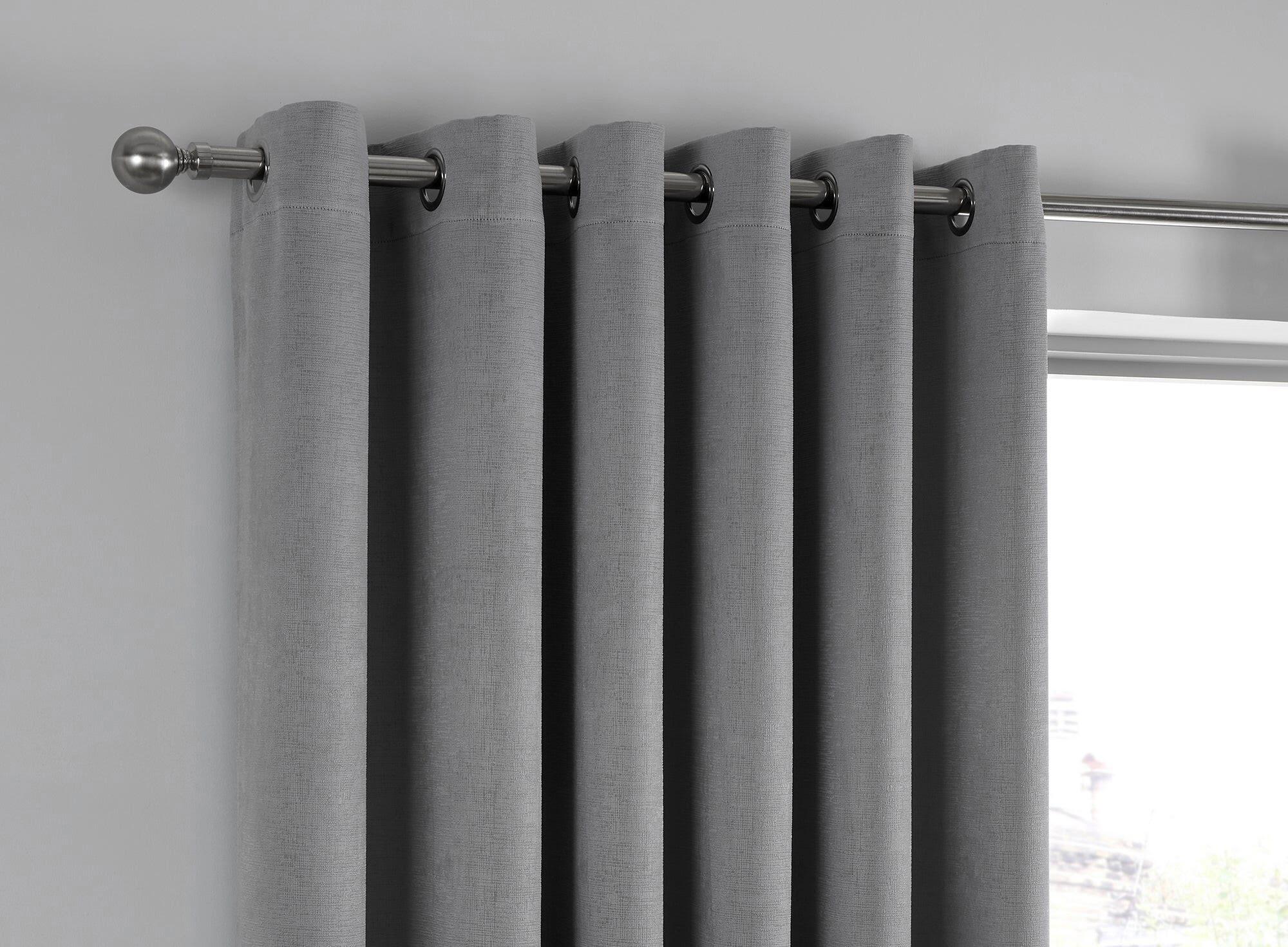
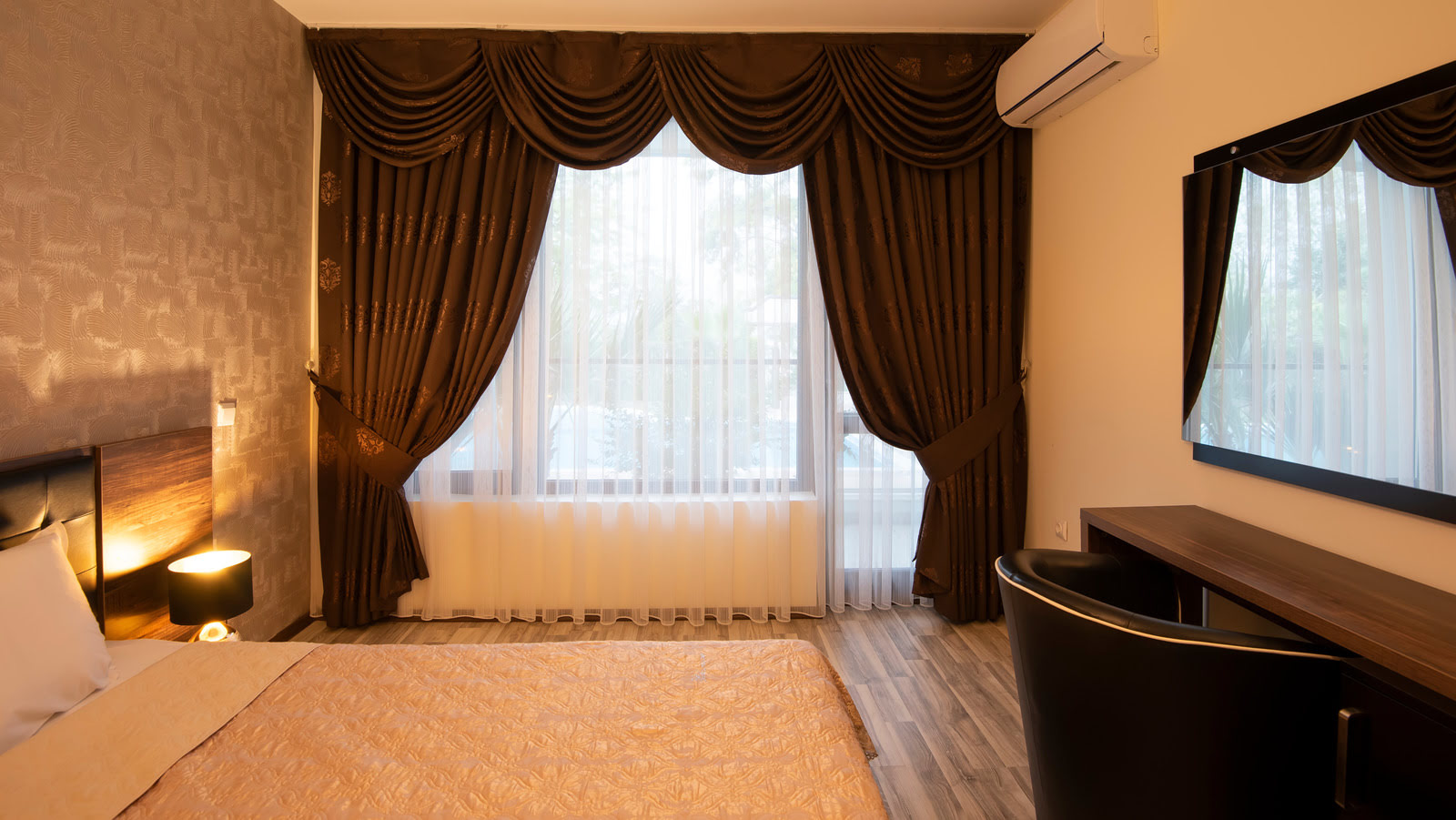
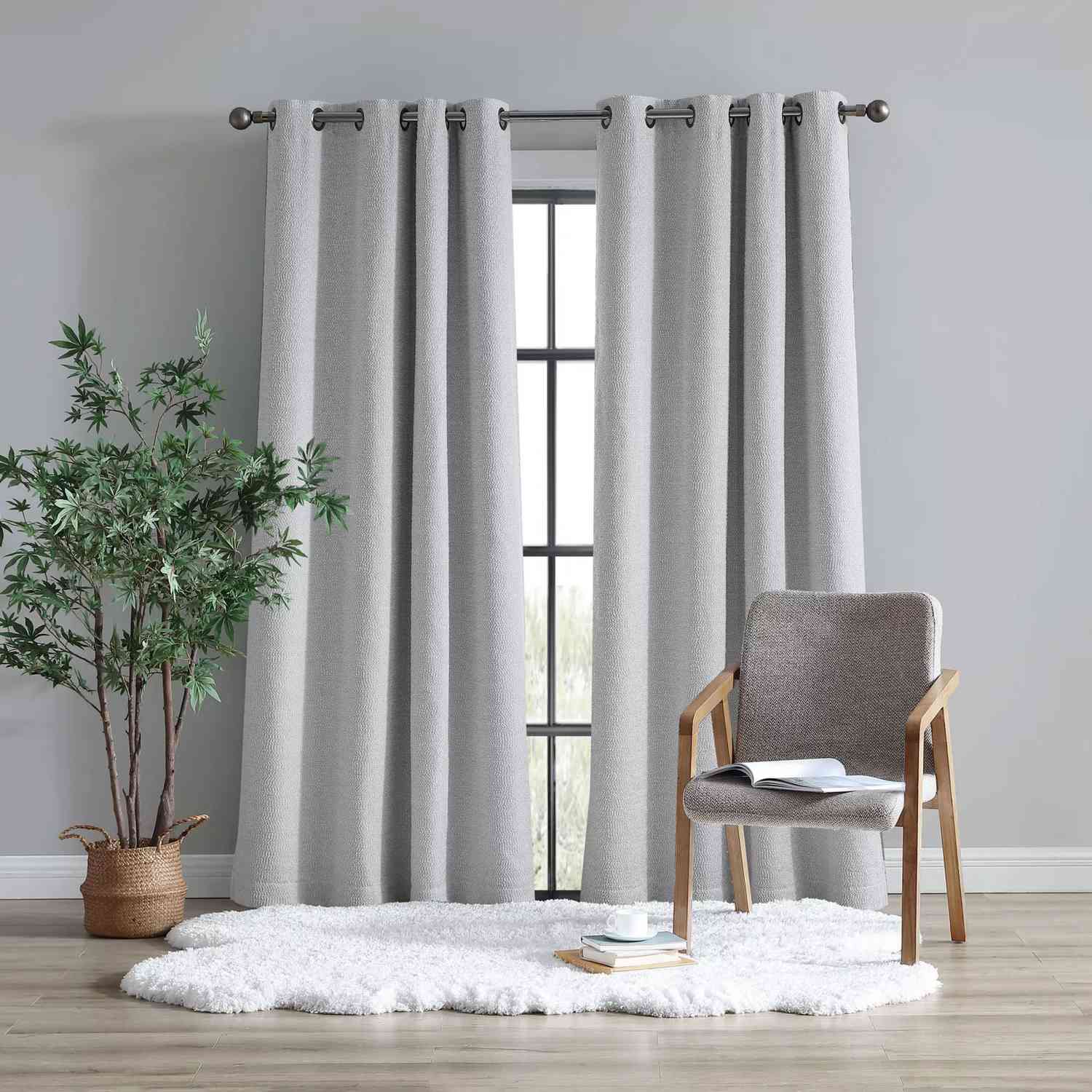


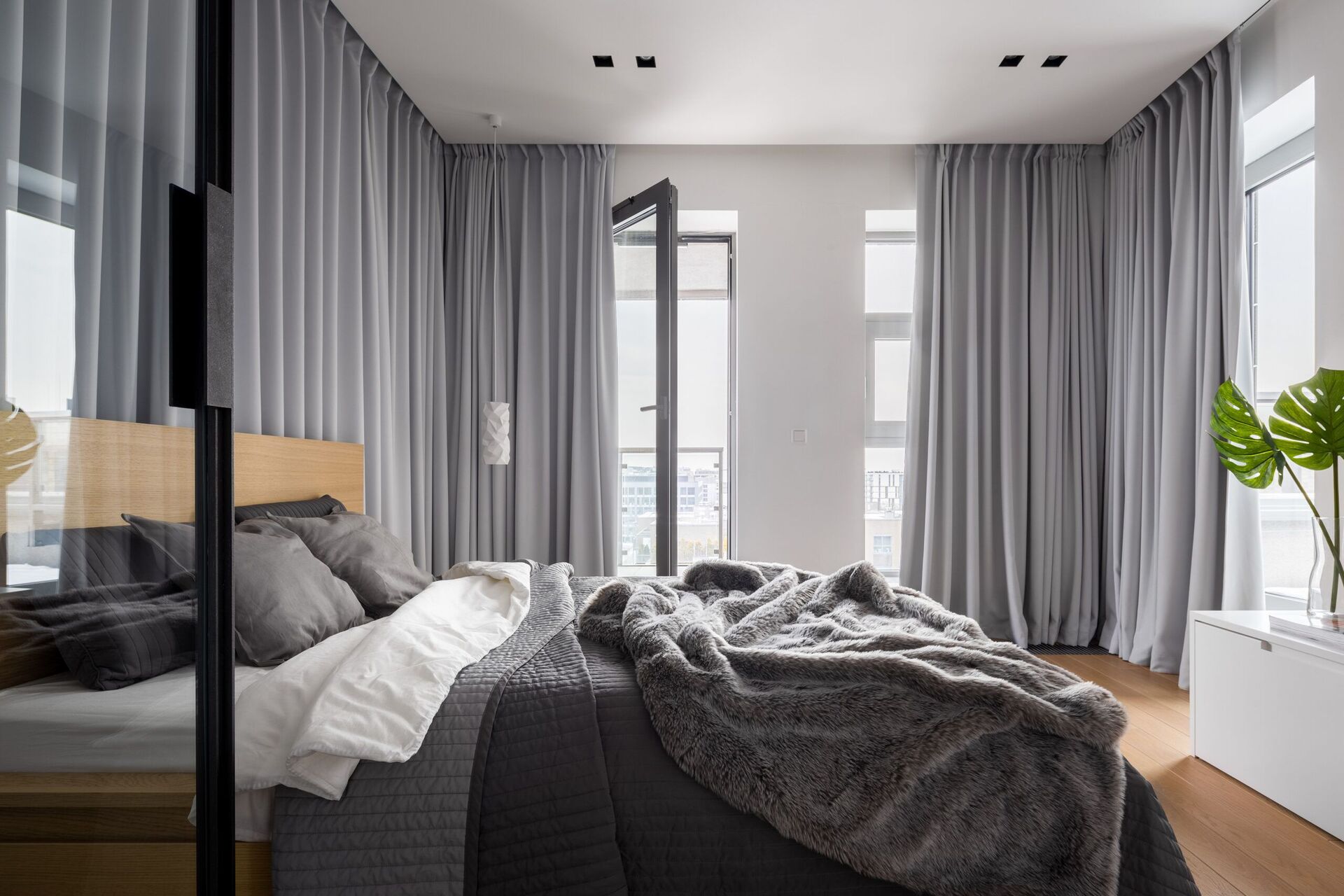

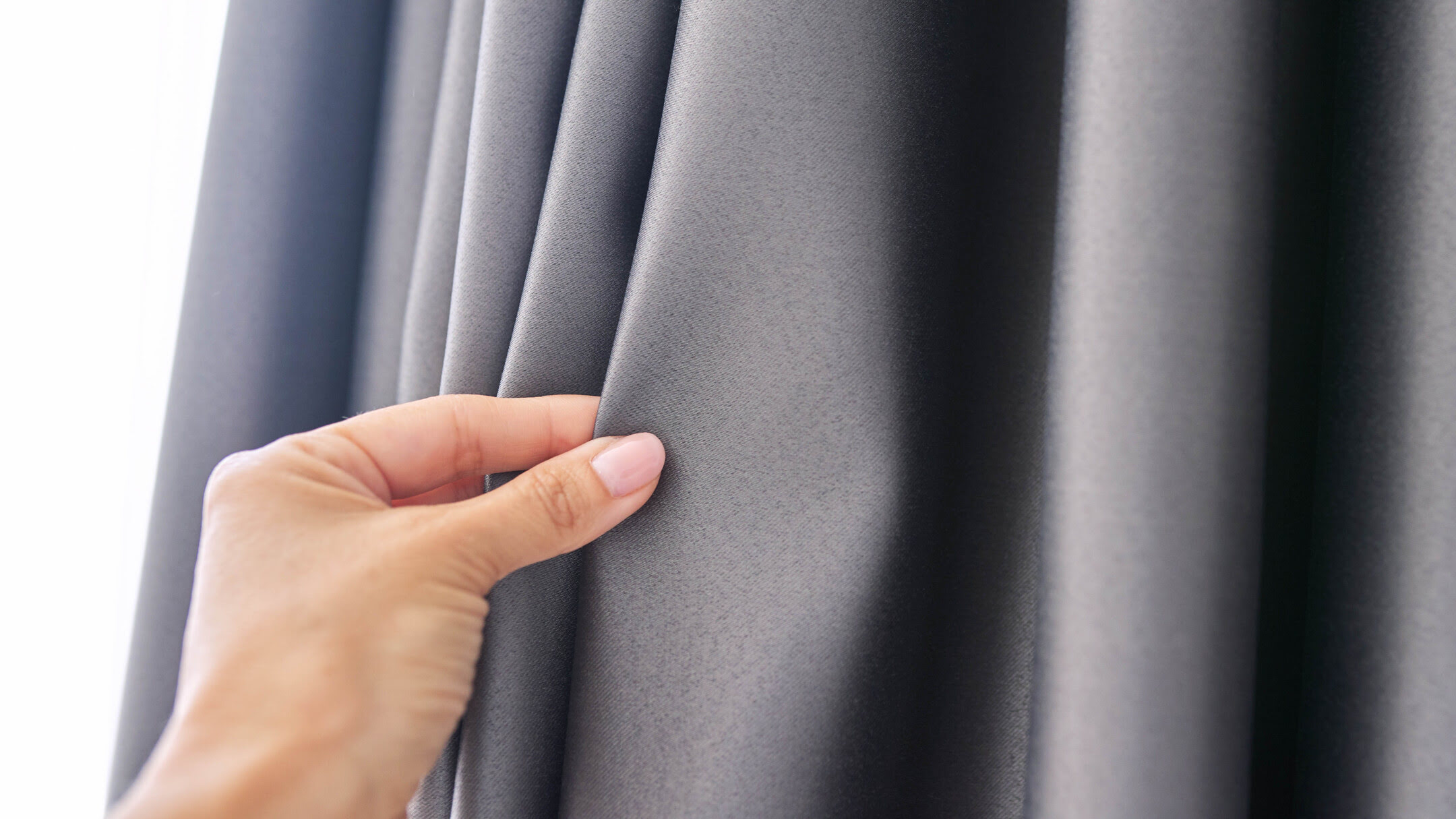
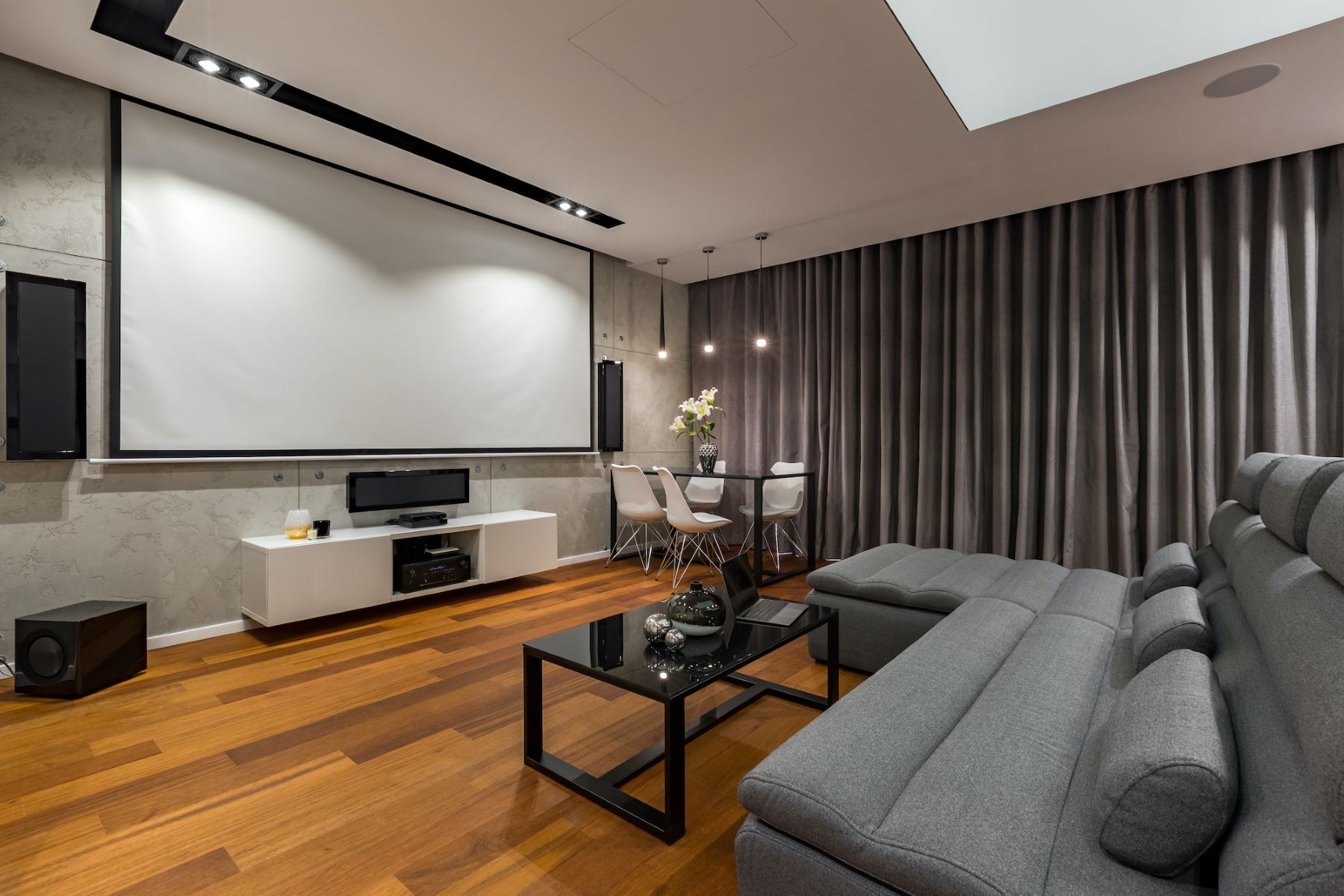
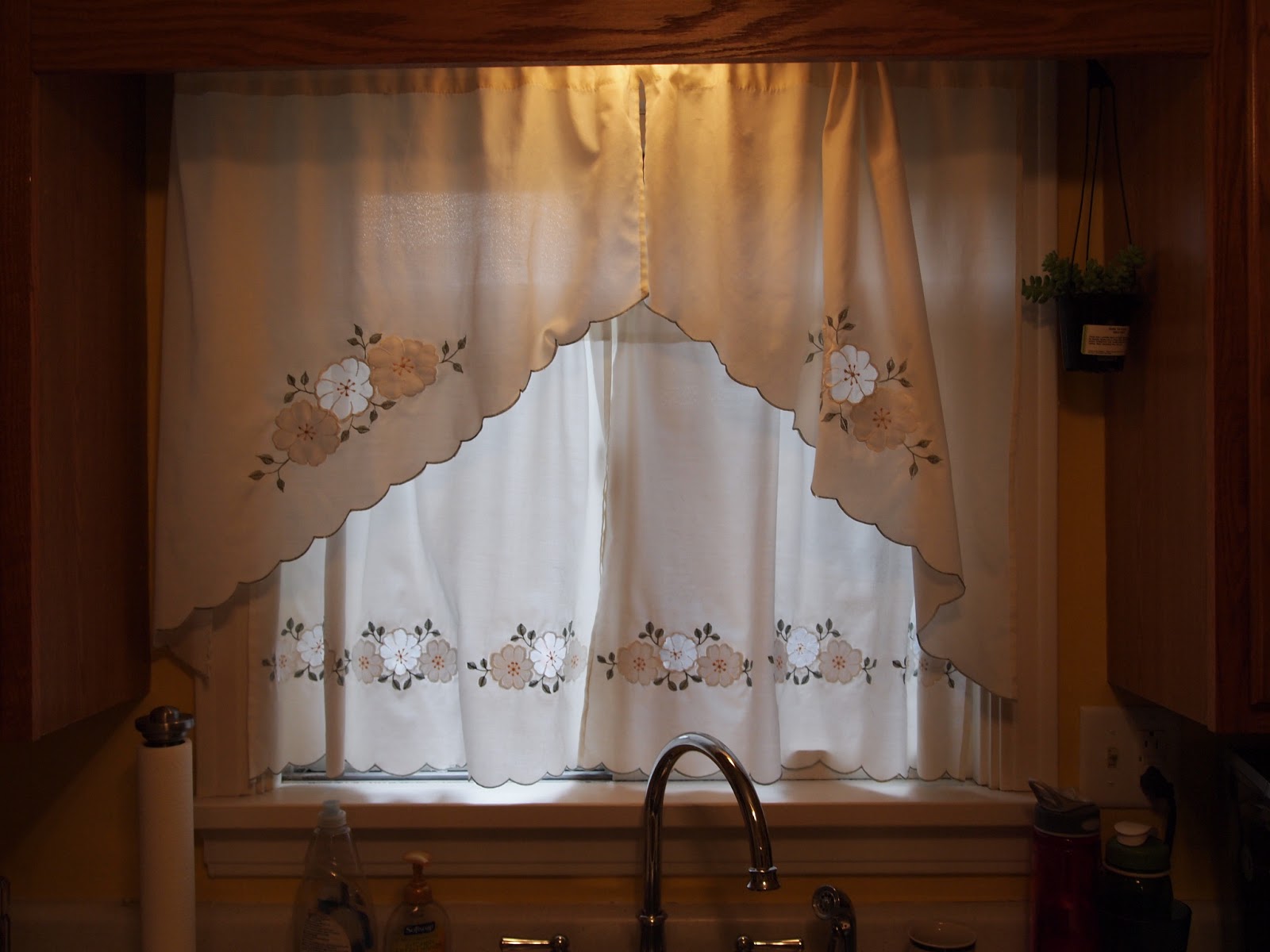



0 thoughts on “What Are Curtain Lights”